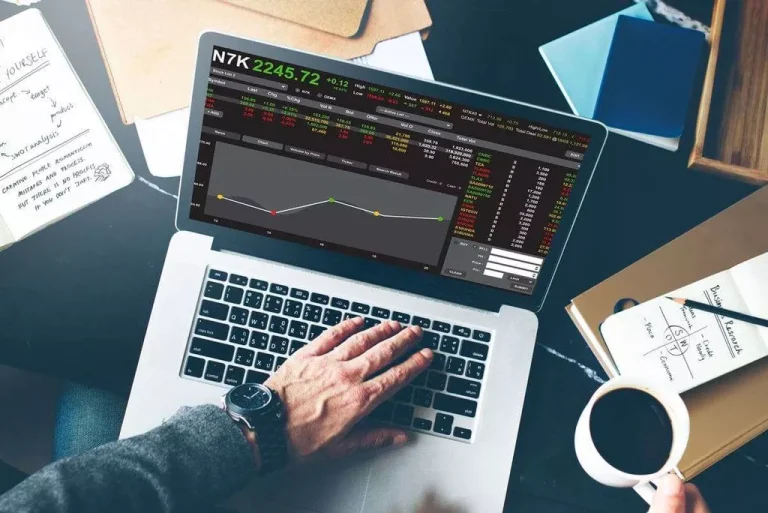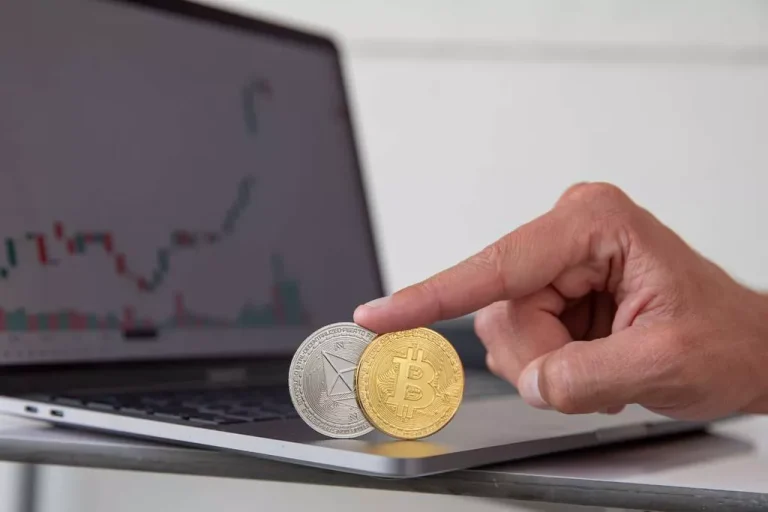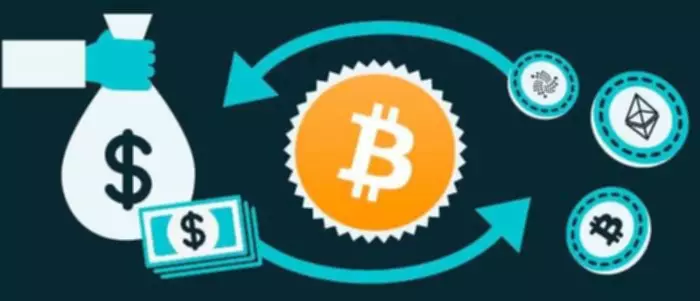Content
Furthermore, beginners should understand that ETF shares function in both primary and unlock superior liquidity with etfs secondary markets. The primary market is open for ETFs and Authorized Participants only, while private investors may buy and sell shares on the secondary market. In a general sense, a liquidity provider connects customers with the institutions that issue an asset. Liquidity is a crucial idea in the market since it helps to keep costs down. Liquidity providers help with liquidity by keeping significant volumes of an asset, making it easily available for trade at a consistent price.
Understanding ETF trading and liquidity: The Basics
The value at the time of redemption may be more or less than the original cost. As of Nov. 2023, over 3,000 ETFs were listed on U.S. exchanges with combined assets exceeding $7.6 trillion. ETFs range Proof of space from traditional index ETFs based on U.S. and international equity indexes and subindexes, and others that track benchmark indices in bonds, commodities, and futures. The bid and ask prices that LPs show to the market to buy and sell ETF shares initially start with the valuation of the underlying basket.

What is an ETF liquidity provider?
- Liquidity is one of the most important features of exchange-traded funds (ETFs), though frequently misunderstood.
- In reality, ADV is only what has been traded of an ETF, not what can be traded of an ETF.
- Liquidity, in its broadest definition, refers to how quickly or easily a security can be bought or sold for a price reflecting its worth.
- IShares Core ETFs are designed to work together at the foundation of a portfolio to help investors pursue their long-term investment goals.
- Our ETFs and index capabilities provide hundreds of choices so investors can assemble their own portfolio playbooks.
- The AP creates/redeems ETF shares by exchanging securities in the basket for shares of ETFs, or vice versa.
This liquidity feature is one of the key benefits of owning ETFs, particularly when compared to mutual funds. Exchange Traded Funds (ETFs) are bought and sold through exchange trading at market price (not NAV), and are not individually redeemed from the fund. Shares may trade https://www.xcritical.com/ at a premium or discount to their NAV in the secondary market. The creation and redemption process helps keep supply and demand in balance and leads to an ETF share price that is generally in line with the value of the underlying securities. If offered, the broker or advisor’s custodian (a financial intuition that looks after the clients’ funds or investments) may have an institutional trade desk that can assist in ETF trading. The institutional trade desk has professional traders with direct access to ETF market makers who will compete for the order.

Can Ordinary Investors Create and Redeem ETF Shares?
Liquidity, in its broadest definition, refers to how quickly or easily a security can be bought or sold for a price reflecting its worth. For single stocks, the market value can be defined as the price that someone is willing to pay for the stock in the secondary market depending on the supply and demand at different prices. At the same time, ETF shares can be created and redeemed in the so-called ‘primary market’ like a traditional mutual fund.

What characterizes the liquidity offer from X Open Hub?
Primary Market The market where Authorized Participants (APs) create and redeem ETF shares in-kind, typically in blocks of 50,000 shares, which are known as creation units. Bid/Ask Spread The difference between the highest price a buyer is willing to pay for an asset and the lowest price the seller will accept to sell. Bid-ask spreads are a key measure of the liquidity of an asset or security.
Create-to-lend desks create ETF shares (through an AP) for the purpose of lending them to clients seeking to borrow the shares. Brokers and dealers execute trades on behalf of clients by routing orders to trading venues or by matching buyers and sellers directly. They charge commissions for their services to execute and settle trades. While ETFs are generally listed on one exchange, trading of ETF shares occurs across many trading venues. These include national securities exchanges (e.g., NYSE, Nasdaq and CBOE), alternative trading systems (ATSs or “dark pools”), and over the counter. The AP creates/redeems ETF shares by exchanging securities in the basket for shares of ETFs, or vice versa.
They work with liquidity providers of underlying securities to source liquidity, minimize trading costs, and seek best execution. Typically, liquidity is higher during the market’s opening and closing, known as the market’s “rush hours,” because of higher trading volumes. During off-peak hours, for example, around lunchtime, liquidity may diminish, potentially leading to wider bid-ask spreads and less favorable prices for investors. While a narrower bid-ask spread frequently suggests better liquidity, a wider spread isn’t always a sign of poor liquidity. The spread can be influenced by the liquidity of the underlying assets and the efficiency of the market-making process.
These assets are a standard offering among the online brokers, and many major brokerages dropped their commissions on ETF trades to $0. For investors working with a financial advisor, talk with your advisor about how ETFs may help you seek to achieve your financial goals. Bond ETFs, also known as fixed-income ETFs, can provide investors access to thousands of bonds in a single trade. Trading on exchanges provides greater liquidity, and transparency in pricing and execution, which can beneficial to investors in the more opaque, over-the-counter bond markets. This process happens in reverse with redemption orders, if market makers need to liquidate the ETF basket delivered from the AP and return the proceeds to the seller of ETF shares. In the end, creation and redemption of ETF shares in the primary market may result in transactions in underlying security markets.
David is comprehensively experienced in many facets of financial and legal research and publishing. As an Investopedia fact checker since 2020, he has validated over 1,100 articles on a wide range of financial and investment topics. Views expressed are as of the date indicated, based on the information available at that time, and may change based on market or other conditions.
The profiles of these two similar ETFs can lead to different relative levels of liquidity. Investors might find it easier and more cost-effective to trade shares of Alpha ETF than Beta ETF, despite both ETFs tracking the same index. Many ETFs are open-ended funds, meaning they can continuously adapt the number of outstanding shares.
Index ETFs generally seek to track indexes that are comprised of many individual securities, helping to spread the risk and reduce the impact of price swings in any one security. Although this does not eliminate risk entirely, the diversified structure of ETFs has the potential to improve the risk-adjusted return of your portfolio. The technology of ETFs has empowered investors of all types to easily and conveniently access both broad market exposures, as well as more-targeted investments in previously hard-to-reach markets. Visit to view a prospectus, which includes investment objectives, risks, fees, expenses and other information that you should read and consider carefully before investing. The investor has to decide on the best course of action to protect the investment and determine whether to sell the ETF shares before the “stop trading” date or hold on to the ETF shares until liquidation.
If it is not as cost effective, they still have the primary market available to them. However, in the case of ETFs, the market value can be derived from the underlying basket of securities that the ETF is tracking. Within certain bounds, the ETF’s liquidity therefore originates from the supply and demand of the underlying basket and not so much of the ETF itself. The information provided does not constitute investment advice and it should not be relied on as such.
Before engaging Fidelity or any broker-dealer, you should evaluate the overall fees and charges of the firm as well as the services provided. $0.00 commission applies to online U.S. exchange-traded funds (ETFs) in a Fidelity retail account only for Fidelity Brokerage Services LLC (FBS) retail clients. The sale of ETFs is subject to an activity assessment fee (from $0.01 to $0.03 per $1,000 of principal). Please note, this security will not be marginable for 30 days from the settlement date, at which time it will automatically become eligible for margin collateral. Additional information about the sources, amounts, and terms of compensation can be found in the ETFs’ prospectus and related documents.
Investing in international stocks and bonds can help investors reduce risk and potentially expose them to growth opportunities not available in U.S.-only portfolios. Index ETFs seek to replicate the performance of an underlying index, like the S&P 500. Many ETFs seek to track an index — also known as index or “passive” funds — wherein the ETF manager typically makes less buy and sell trades of underlying assets than an active fund manager does. This low turnover means fewer sales of stocks that have risen in price, resulting in the generation of less realized capital gains. The bulk of ETF liquidity is in the primary market, where the ETF market makers can access the liquidity of the underlying securities they hold.
